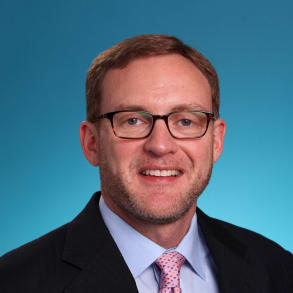What is the spectrum of cardiovascular manifestations of FD? What is the age of onset? Why is it important that we recognize the cardiovascular clinical phenotypes—arrhythmias, hypertrophic cardiomyopathy, stroke, etc.—of FD?
Presenter
Jay M. Sullivan Endowed Chair in Cardiovascular Medicine
Chief of Cardiology
University of Tennessee Health Science Center (UTHSC)
Co-Director, UT Methodist Institute for Cardiovascular Science
University of Tennessee Heart Institute
Memphis, TN



